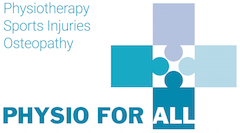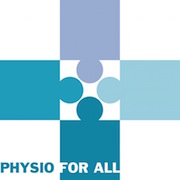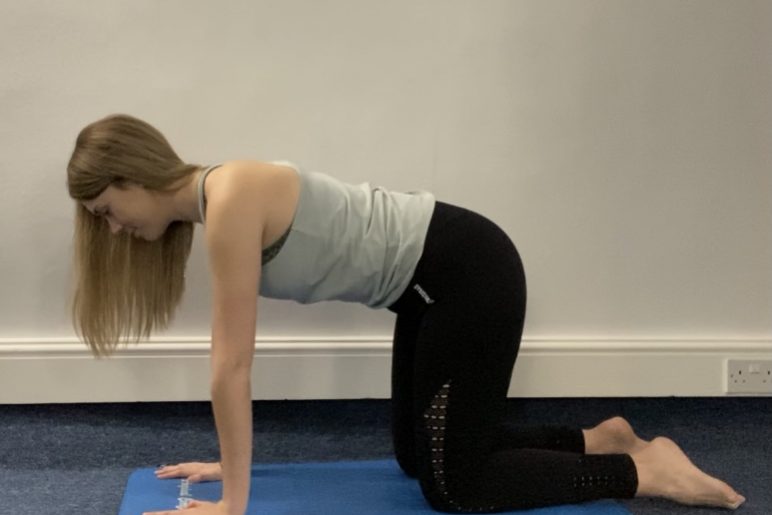The latest guidelines on Exercise during Pregnancy
For many new mum’s to be, exercise during pregnancy can be daunting with so much conflicting information about what is safe.
Recent guidance has cleared things up to make it easier to stay active during your pregnancy. The UK Chief Medical Officers guidance recommends that pregnant women with no medical restrictions should be completing 150 minutes of moderate intensity exercise per week. This should reflect activity levels pre-pregnancy and include a combination of cardiovascular exercise and at least two sessions of muscle strengthening activities.
Benefits of Exercising during Pregnancy
There are multiple benefits for keeping active during pregnancy including preventing excessive weight gain, gestational diabetes, high blood pressure, back or pelvic pain and urinary incontinence. Exercise can also improve mood and sleep which are commonly a challenge during pregnancy.
Keeping strong and fit has been shown to reduce the incidence of caesareans and instrumental deliveries (such as forceps and ventouse).
Exercise will help you to adjust with the changing shape and bodyweight. It will prepare you for the physical challenges of vaginal delivery or caesarean and facilitate the postnatal recovery after the birth of your baby.
Some pregnancy complications can affect the safety of certain exercises. These include a low-lying placenta or placenta previa, intra-uterine growth restriction, pre-eclampsia, uncontrolled gestational diabetes, ruptured membranes or any concerns regarding competence of the cervix (e.g. needing a pessary or cervical stitch). If you have any of these or your pregnancy is being treated as high risk, it is always best to seek medical advice prior to starting any exercise programme.
Examples of simple exercises during your pregnancy
- Low impact cardiovascular exercises such as walking, stationary bike, and swimming or water-based exercises are great during pregnancy especially in later pregnancy as they will protect your joints and pelvic floor. You could also do some dancing.
- Antenatal Pilates or Yoga. This can include breathing, core strength, postural, and stretching exercises with one to one or in a class held by certified antenatal instructor, physiotherapist or osteopath. Specifically designed prenatal exercises will be adapted through each stage of pregnancy.
Although Diastasis Recti DR is considered normal during pregnancy, there are abdominal exercises which may not be appropriate during and after pregnancy. Diastasis recti is the separation of the abdominal muscles where the tissue widens to help make more room for your baby.
- Pelvic floor muscle exercises. Strengthening the pelvic floor muscles will help to reduce the risk or avoid incontinence during or after pregnancy. Learning how to relax the Pelvic floor muscles can help during labour. To make sure you are doing them correctly, we recommend they are checked and taught by a women’s health physiotherapist.
What about High Intensity exercise during pregnancy?
The guidelines states if you are new to exercise, it is best to start slowly and increase progressively. If you have been very active or are used to lots of high impact exercise, you may continue this during your pregnancy.
However it is likely that you will need to adapt the intensity and modify some exercises to suit your body as the pregnancy progresses.
Your body goes through many changes during pregnancy including:
- Hormone relaxin which loosen the tissue and increase the risk of joint’s injuries.
- Increased weight and change in the body’s centre of gravity which affect the posture and balance.
- The resting Heart rate increase so it is important to adapt to your new heart rate
- Changes of blood pressure provoking dizziness with rapid changes of direction
Avoid dehydration, overheating, contact sports and sports with risks of falling.
Tips for Safe Exercise in Pregnancy
- Only do exercise that you enjoy! Find an exercise or activity that feels comfortable and the right intensity for you. Remember that even exercise that feels less strenuous can still be very beneficial for your body.
- Listen to your body. During the different trimesters there are likely to be different barriers to exercise including morning sickness all the way to having a large bump! Adapt your exercise habits to overcome these changes.
- If working out alone is scary – join a group! There are lots of virtual and face to face group exercise classes aimed at pregnant women, a great way to exercise safely and make new friends.
- Avoid strong upper abdominals workout and sit ups especially when the abdominal separation has started. You need those muscles to be able to lengthen, not shorten, while your baby is growing.
- Not sure if you are working too hard? Use the talk test. When exercising during pregnancy you should always be able to talk in a full sentence. This might mean you need to slow down your jog to a walk or take a rest.
- When exercising on your back, some women may feel dizzy, nauseous, or lightheaded mainly after 16 weeks. This is due to the foetus putting pressure on the main blood vessels. In this case just roll on to your left side until the symptoms subside.
- Know when to stop. If you have any vaginal bleeding, loss of fluid, reduced baby movements, calf pain or abdominal pain, stop straight away and attend your local maternity assessment unit or A&E.
If you have any concern talk to your doctor or one of our women’s health physiotherapists.
Exercise during pregnancy should not cause any pain in your back or pelvis, if this happens to you give us a call! Read our blog on 4 pregnancy exercises to prevent back and Pelvic pain.
Pregnancy MOT and Prenatal Classes
Getting a full pregnancy assessment by a women’s health physiotherapist can be a helpful way to boost your confidence with starting or continuing to exercise whilst pregnant. Our Antenatal MOT package allows full assessment of the whole body including the pelvic floor muscles and allow a targeted approach to help you achieve your fitness goals during pregnancy and after.
Join our Prenatal Classes at Physio for All with our experienced Physiotherapist and Osteopath specialised in women’s health
Already had your baby? Read our Returning to exercise post birth. In the meantime we offer multiple packages to ensure we get you back up and running (or dancing, or yoga-ing!). Book in a Postnatal MOT to ensure a rapid recovery following your birth.
Contact us to find out what is the best option we have for you.
Women’s health services Mother and Baby clinic
References
– Exercise in Pregnancy: A Clinical Review. Hinman, S. K., Smith, K. B., Quillen, D. M., & Smith, M. S. (2015). Sports health, 7(6), 527–531.
-Department of Health and Social Care. (2019). Physical Activity guidelines for Pregnant Women. Infographic
Our Physiotherapists and Osteopaths are available for remote video consultations and Office or Home Visits. During the Covid-19 lockdown period we are following strict health & safety guidelines to provide essential treatment at the Practice or Home Visits.
To book an appointment or chat to a Physiotherapist or Osteopath, please call 020 72282141 or battersea@physio4all.com or click here to book or for enquiry.








